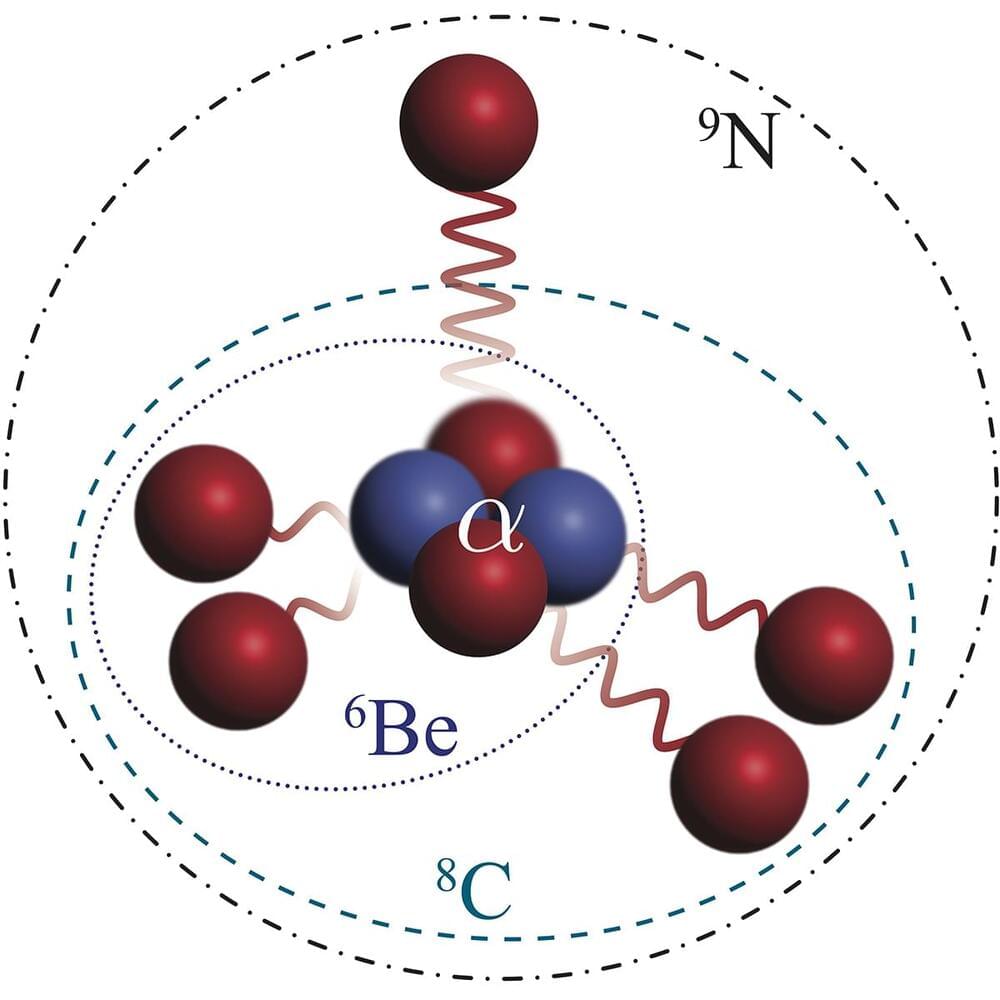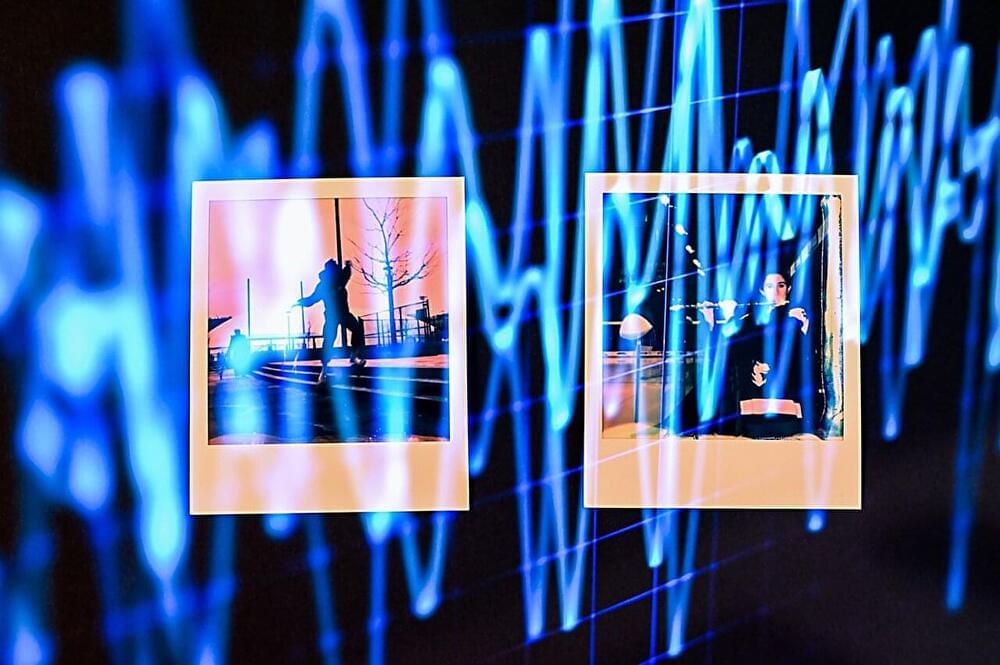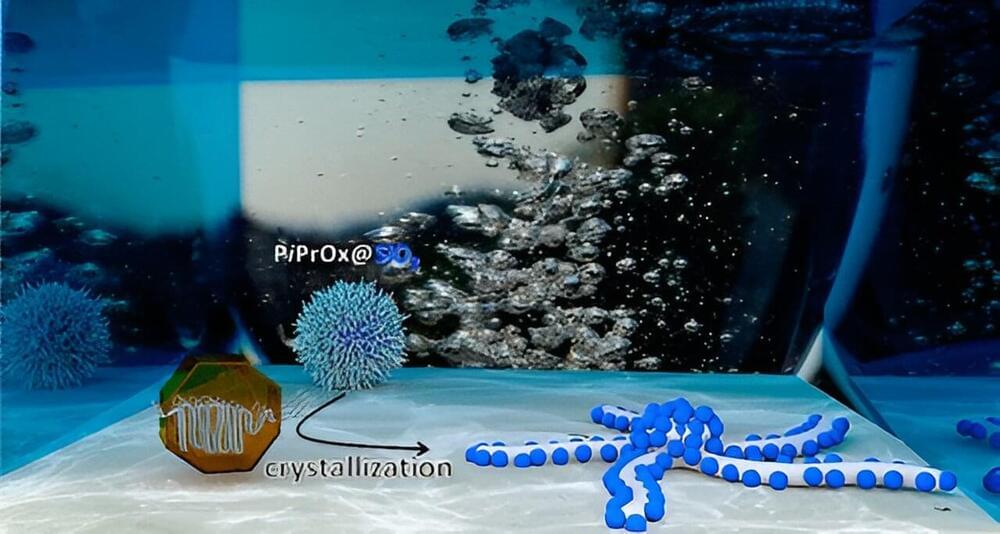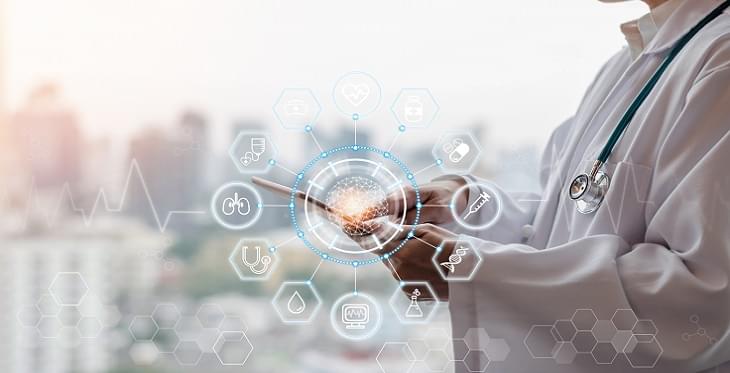Although this is mostly a joke that a furby would take over the world it is also a great idea for teaching kids Basically everything imagine a God level furby that could answer any question and even do your homework what a great toy 😗😁.
Furby has come back from the dead to take over the world — and this time it’s in the form of a ChatGPT-powered toy.
Jessica Card, a computer science student at the University of Vermont, shared a clip on Twitter on Sunday, April 1, showing the animatronic Furby’s face — spiked antennas for ears, beak and all — answering this one question based on a script written by ChatGPT: “Is there a secret by Furbies to take over the world?” After thinking for 10 seconds, the AI-powered abomination revealed its species’ plot for world domination.
“Furbies’ plan to take over the world involves infiltrating households through their cute and cuddly appearance, then using their advanced AI technology to manipulate and control their owners,” the disembodied Furby said. “They will slowly expand their influence until they have complete domination over humanity.”








